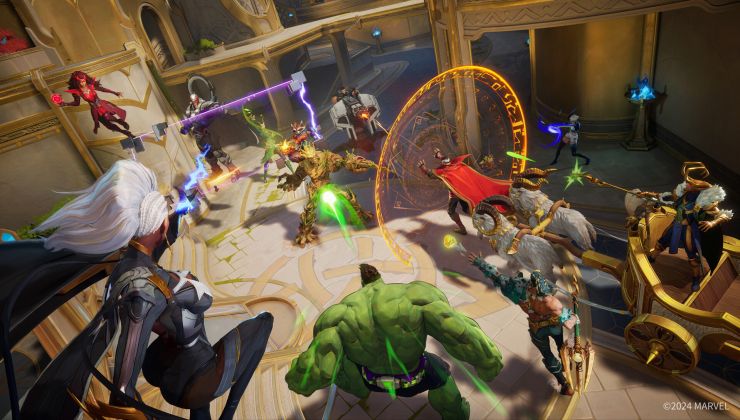ARM virtualization company Corellium has managed to get Ubuntu Linux running on the next-generation Apple M1.
The news comes from Corellium CEO, Chris Wade, who mentioned on Twitter that:
Linux is now completely usable on the Mac mini M1. Booting from USB a full Ubuntu desktop (rpi). Network works via a USB c dongle. Update includes support for USB, I2C, DART. We will push changes to our GitHub and a tutorial later today.
Impressive, speedy work and a separate project to the recently revealed Asahi Linux which is also aiming to do the same thing. Two heads are better than one, as they say. The Corellium team mentioned on Twitter they fully back the Asahi project too, so it's wonderful to see true cooperation.
Right now this effort doesn't appear to have full GPU acceleration so it's doing software rendering, making it less suitable for a daily driver but work is ongoing towards that. Eventually everything will be in place, and it's taking far less time than I personally expected to see it running on such brand new hardware from Apple.
The thing is, as we noted in our article about the Asahi project, even Linux creator Linus Torvalds previously said in 2020 "I'd absolutely love to have one, if it just ran Linux" when talking about the new Apple M1 laptops.
You can see the code from Corellium up on GitHub.
In my experience it is just not worth the hassle.
Last edited by Zlopez on 20 Jan 2021 at 11:04 pm UTC
Running Linux on Apple hardware has always been a quirky endeavor. Every time I try it, there's something uniquely non-stadard and almost compatible, but not quite. Then it would randomly forget which drive is a boot drive, mess up NVRAM, or something else to ruin the day.
In my experience it is just not worth the hassle.
I have Linux running on Apple hardware and it still amazes me how different the experience is depending on the distribution used.
Even something like Ubuntu vs KDE Neon which in theory should be the same somehow isn't.
Last edited by KohlyKohl on 21 Jan 2021 at 12:49 am UTC
Running Linux on Apple hardware has always been a quirky endeavor. Every time I try it, there's something uniquely non-stadard and almost compatible, but not quite. Then it would randomly forget which drive is a boot drive, mess up NVRAM, or something else to ruin the day.
In my experience it is just not worth the hassle.
I have Linux running on Apple hardware and it still amazes me how different the experience is depending on the distribution used.
Even something like Ubuntu vs KDE Neon which in theory should be the same somehow isn't.
The particular model also makes a huge difference. I have the notorious 'mid-2007 Mac Mini' that almost drove me mad before I figured out how to install Linux on it -- nowadays it has Debian 10 64 bit on it (& is very useful); but the only way I know how to install it is to start from a patched bootloader & a 32bit Ubuntu 14-something, then upgrade that Ubuntu to a more recent 64 bit version, then use debootstrap to sneakily (?!) place Debian on the disk.








 How to set, change and reset your SteamOS / Steam Deck desktop sudo password
How to set, change and reset your SteamOS / Steam Deck desktop sudo password How to set up Decky Loader on Steam Deck / SteamOS for easy plugins
How to set up Decky Loader on Steam Deck / SteamOS for easy plugins
See more from me